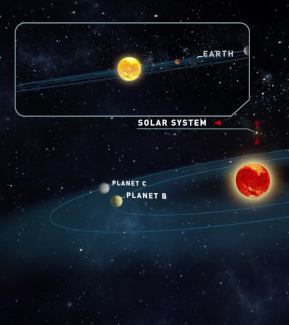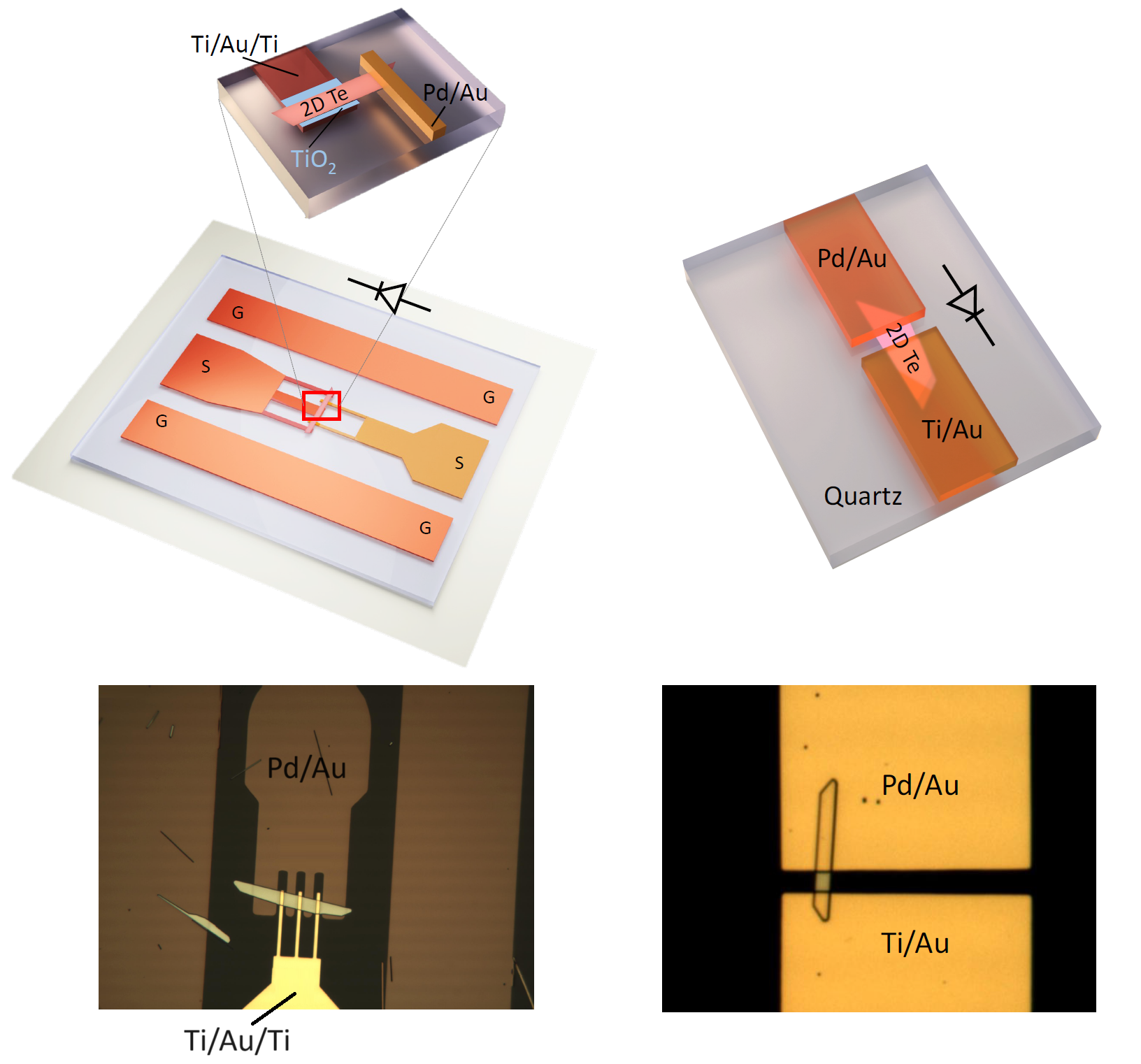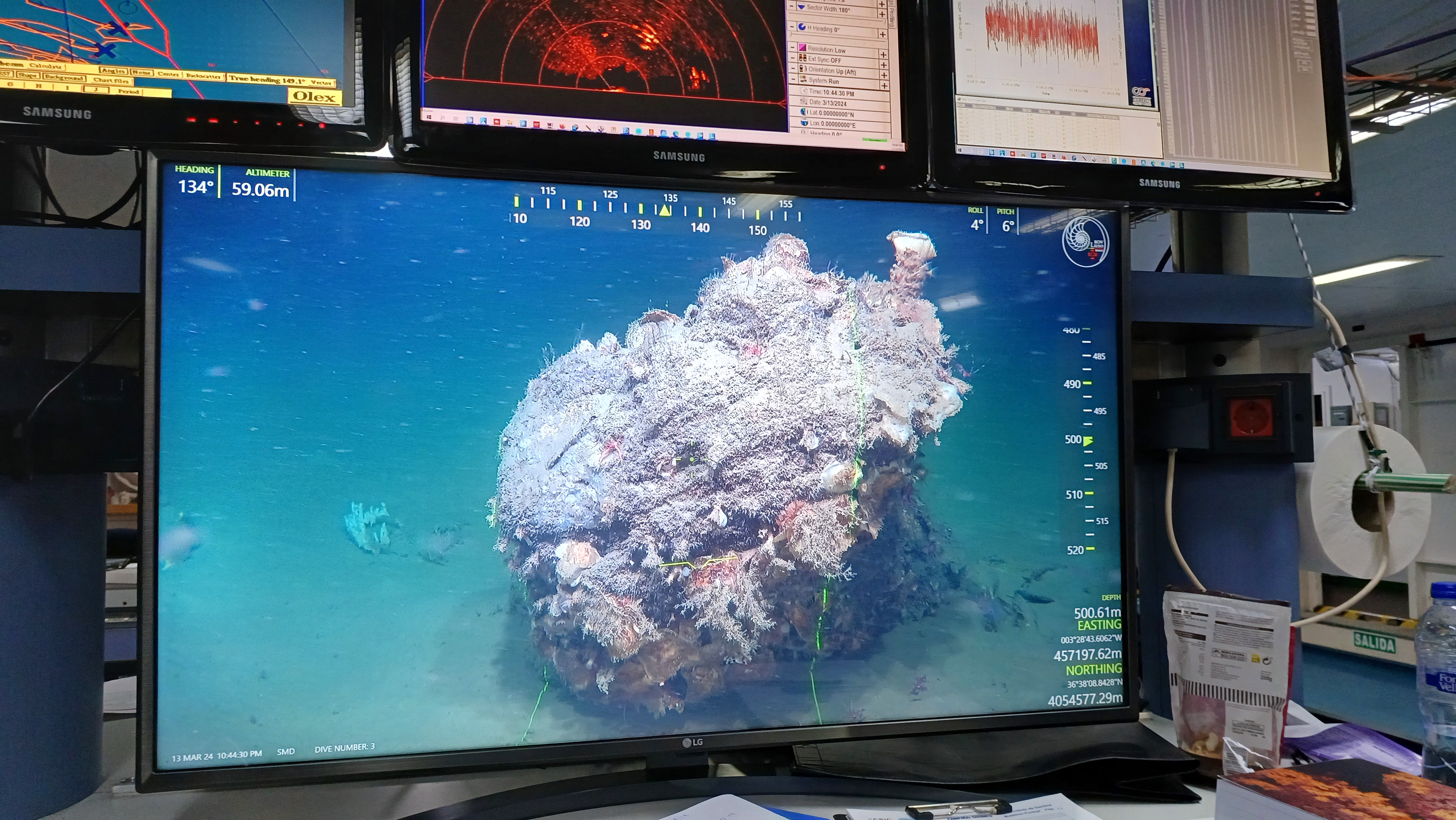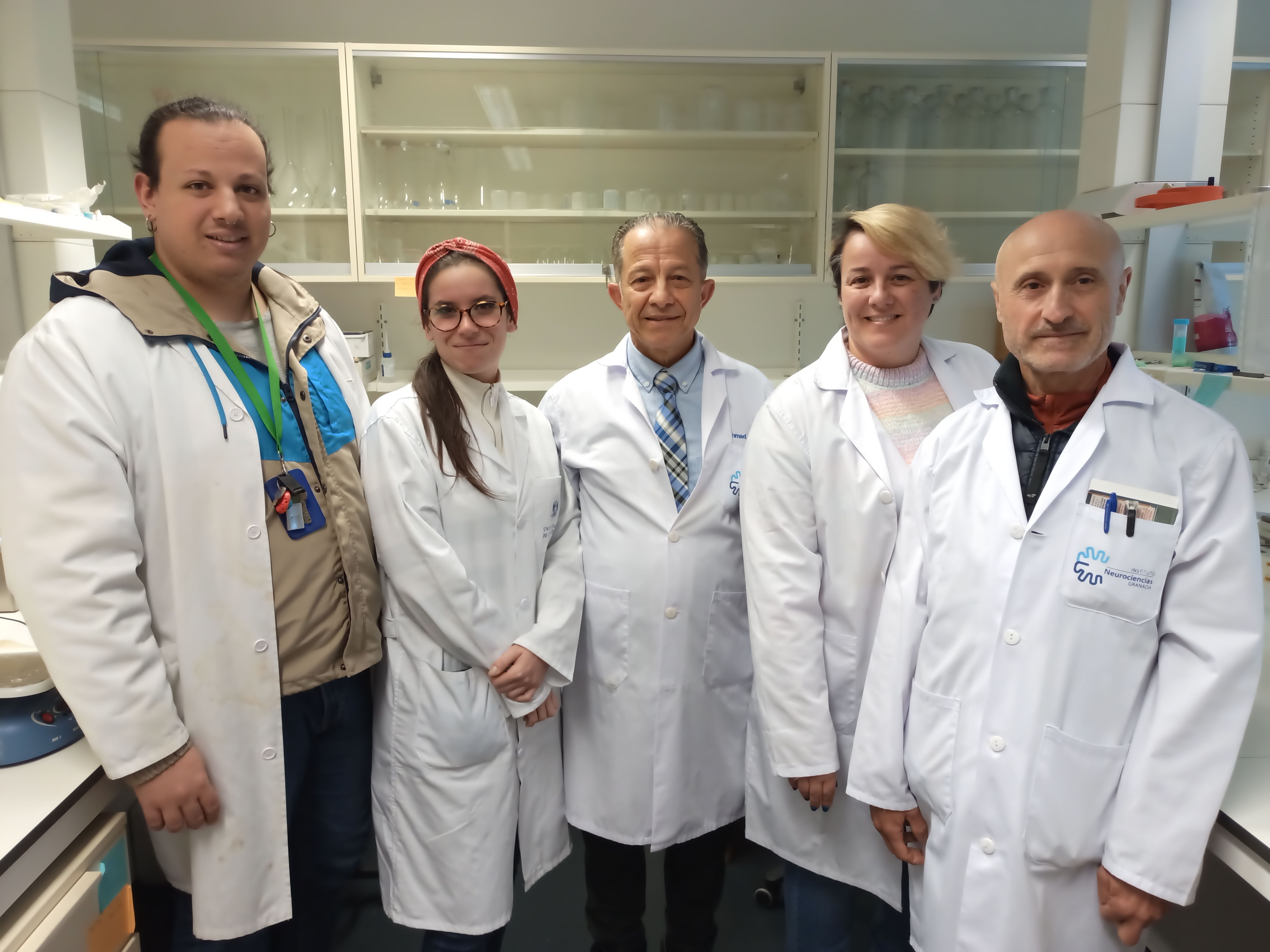
- Scientists from the University of Granada are participating in an international study conducted by the CARMENES research consortium, which has discovered two small Earth-like planets near Teegarden’s Star
- Their temperatures could be low enough for water in liquid form to be present on the surface
Researchers from the University of Granada (UGR) are participating in an international study conducted by the CARMENES research consortium, which has discovered two Earth-like planets near Teegarden’s Star.
The masses of these planets are similar to the Earth’s, and their temperatures could be low enough for water in liquid form to be present on the surface. The observations were carried out using the CARMENES instrument (Calar Alto High-Resolution Search for M dwarfs with Exoearths with Near-infrared and optical Échelle Spectrographs) at the Calar Alto Observatory in Almería, as well as at smaller, complementary facilities, such as the Sierra Nevada Observatory in Granada and the Joan Oró Telescope at the Observatori Astronomic del Montsec, which pertains to the Institut d’Estudis Espacials de Catalunya (IEEC).
The University of Göttingen (Germany) is the lead institution for the study, and recently published a paper about the research in the scientific journal Astronomy & Astrophysics.
At just 12.5 light years from the Earth, Teegarden’s Star is the 24th-nearest known star system to our Solar System, and one of the smallest “red dwarf” stars discovered to date. Despite its proximity, because of its dimness Teegarden’s Star was not identified until 2003.
“We have been observing this star with the CARMENES instrument since operations began three years ago, to measure its movement with great precision,” explains Dr. Mathias Zechmeister, postdoctoral researcher at the University of Göttingen and lead author of the publication.
The method used for detection of planets is known as the Doppler technique. When a planet orbits a star, it triggers a small reflex movement back and forth. This shift creates a very subtle Doppler effect in the light dispersed by stars, which, by using CARMENES, can be measured with an accuracy of 1 metre per second—equivalent to walking speed, or, 3.6km per hour. Small planets produce small signals, but these are easier to detect in the case of low-mass red dwarves (such Teegarden’s Star), because the reflex movement is greater and repeats more often than in the case of stars such as the Sun.
“CARMENES is the first high-precision spectrometer in operation that is designed specifically to find planets using this ‘red dwarf advantage,’” adds Mathias Zechmeister. The temperature of Teegarden’s Star is only 2,600°C (compared to the Sun, at 5,500°C); it is 1,500 times weaker and its mass is ten times smaller than that of our star. It therefore radiates most of its energy at red and infrared wavelengths, making it an ideal target for CARMENES.
From very early on, the Doppler measurements for Teegarden’s Star showed the presence of at least two signals, now identified as the two new exoplanets called Teegarden b and c. In order to ensure the detection was reliable, with a new instrument, over 200 measurements needed to be made. Based on these measurements of movement, the researchers could deduce that the mass of Teegarden b is similar to the Earth’s and that it orbits the star every 4.9 days at 2.5% of the distance between the Earth and the Sun. The planet Teegarden c is similar to Earth in terms of mass, completes its orbit in 11.4 days, and is located relative to its star at 4.5% of the Earth–Sun distance. Since Teegarden’s Star radiates much less energy than our Sun, temperatures on these planets are relatively cool and could, in principle, enable liquid water to sit on their surfaces (particularly the outermost of the two, Teegarden c). This type of planet will continue to be the focus of future searches for life beyond our Solar System.
An important milestone of the CARMENES project
Unlike the previous discoveries made by the CARMENES project, which combined measurements taken using several different instruments (as in the case of Barnard’s Star b), in this case all the high-precision Doppler measurements and the follow-up observations made in arriving at this finding were obtained by the consortium itself. Several groups used smaller telescopes to measure changes in the brightness of the star, to rule out alternative explanations such as starspots or other surface characteristics. Monitoring activities included intensive photometric observations from the 1.23m Calar Alto/CSIC Telescope, the Sierra Nevada/IAA-CSIC Observatory, and the Joan Oró-Montsec/IEEC Telescope, among others.
“This discovery is a major success for the CARMENES project, which was designed specifically to look for planets around lighter stars,” says Dr. Ignasi Ribas, IEEC researcher at the Instituto de Ciencias del Espacio /CSIC and scientist on the CARMENES project. The new planets are the tenth and eleventh exoplanets discovered using CARMENES. But the search continues. “These two planets may be part of a larger system,” says Professor Stefan Dreizler of the University of Göettingen, co-author of the study. “Extremely low-mass stars appear to have densely-populated planetary systems.” More data may reveal an even richer system.
“The unique feature our instrument, which allows it to observe simultaneously in the visible and in the near-infrared, is fundamental when it comes to confirming the nature of the signals detected via both channels as being due to the presence of planets in orbit, because, in this case, the signal width does not depend on the channel via which it is measured—contrary to what happens when the signal is due to the intrinsic variability of the star,” says Dr. Pedro Amado of the IAA/CSIC and co-principal investigator on the CARMENES project.
“This type of discovery is absolutely essential for positioning our own Solar System in the Universe. As we discover planets where water could potentially be present in a liquid state, this shapes our understanding of the possibility of life on other planets, taking them from the realms of idyllic (but uninformed) speculation to the scientific. Quite simply, it’s enthralling,” says Juan Carlos Suárez, researcher at the UGR and co-author of the work.
The CARMENES instrument is a high-resolution optical and near-infrared spectrograph built in collaboration with 11 Spanish and German research institutions, and is operated by the Calar Alto Observatory in Southern Spain. CARMENES has been working non-stop since 2016.
Bibliography:
https://doi.org/10.1051/0004-6361/201935460
Image captions:




